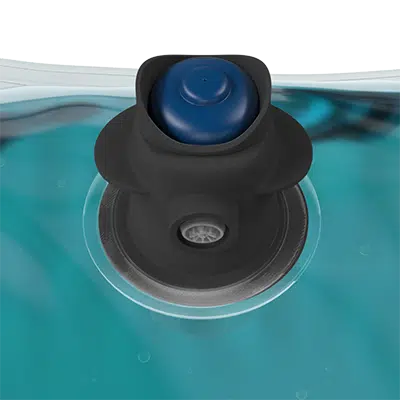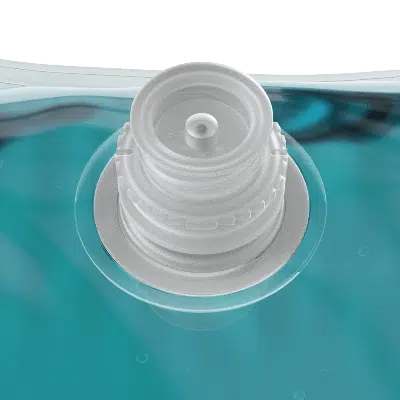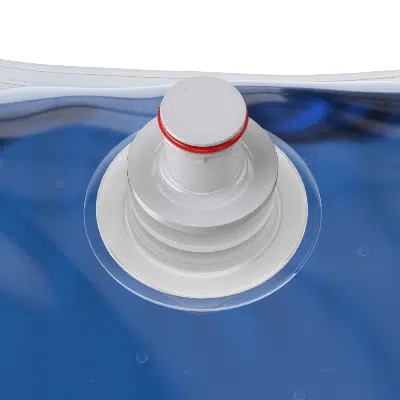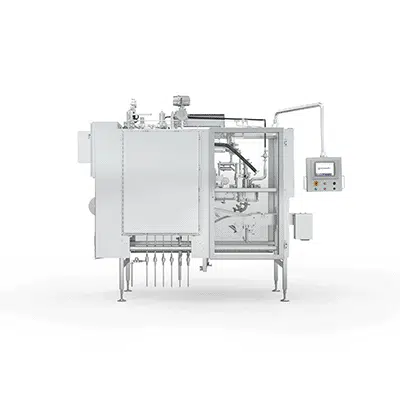Coffee & Flexible Packaging: What’s Trending?
November 11, 2020
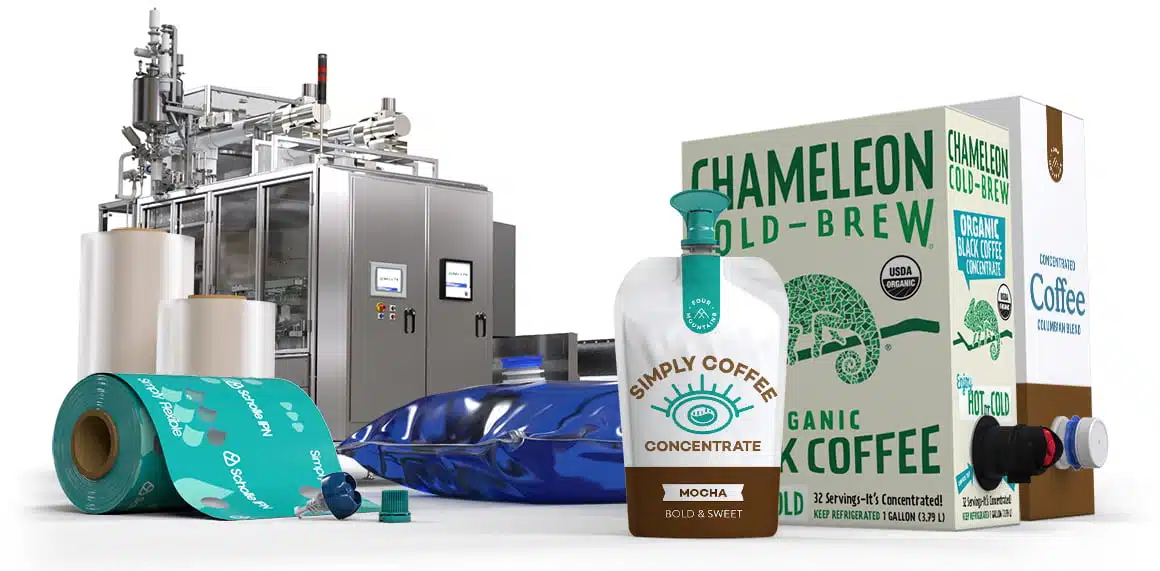
Around the globe, more people are drinking coffee—but consumers want more than just a hot beverage
Global research shows that more and more consumers are regularly drinking coffee. However, consumers are demanding more than just a hot cup in their hands. Keep reading to find out what coffee drinkers are looking for from their brews.
Coffee is one of the most popular drinks across the globe, and it’s only growing in popularity. No matter what region you look to, coffee consumption is predicted to steadily increase. Research by Mintel shows that coffee drinkers are interested in things like sustainability, transparency, and healthier options from brands. [1]
However, that doesn’t mean we’ll see more coffee shops popping up on every corner. Rather, consumers are looking for their coffee to deliver more—both in caliber and convenience. As more consumers turn to ready-to-drink (RTD) options, particularly during the global pandemic, innovation in the field should focus on providing consumers clear packaging that can ensure consistent quality.
Scholle IPN has a number of products to facilitate new coffee trends. However, each market has different needs, and the message of quality and innovation morphs from region to region. How can we begin to understand future movement in the coffee sector? Many of these trends apply globally, but a peek into each region’s leading market swings amplifies what companies across the globe should be paying attention to.
The Future of Coffee is Sustainability
People want to feel good about the choices they make, and that includes purchasing coffee – which is often a regular purchase for most drinkers. Consumers want to know that the brands they purchase care about the world around them.
Companies should use their packaging and branding to tell a story about how they’re committed to sustainability—and be clear and transparent about the decisions they make to prioritize this. In 2020, 59% of coffee products launched in Europe included some sort of messaging around ethical or environmental concerns. [2]
One of the ways companies have embraced sustainability is through milk choices. Plant-based milks have seen a meteoric rise in the last few years with brands, like Nestle and Starbucks, launching RTD coffee beverages with plant-based dairy alternatives. Another way brands have embraced sustainability is through eco-friendly materials, like Lavazza’s Eco Caps Coffee Pods.
It’s clear consumers want to hear from companies how they plan to reduce their environmental footprint. Our packaging allows companies to cut down on their greenhouse gases through lighter weight packaging, increased shipping efficiencies, and reduced storage needs.
Premium Packaging for Premium Products
Differentiation is an important consideration when thinking about coffee packaging. Because your products will likely share space with other like products, signaling to your consumers that your product is superior is critical. Convenience doesn’t equate to loss of quality any longer.
38% of consumers in Saudi Arabia will pick a premium version of a product if offered. [3] Because coffee is so ubiquitous, many drinkers have had high-quality versions of the drinks they love, and simply being convenient isn’t enough for an RTD to stand on its own.
We have worked with coffee brands all over the world to ensure that there is no degradation in the quality of their products. Our total packaging solutions, which include film, fitments, and filling equipment, ensure that the first drop of coffee is as fresh as the last. For brands looking to promote premium beverages, ensuring the quality of their product is paramount.
“All of the things that we didn’t love about the large glass bottles or growlers of cold brew that we were seeing on the market [is that] there was no real product integrity once you opened the package,” says Ben Gordon, co-founder of Wandering Bear Coffee, an RTD cold brew brand based in New York. “Bag-in-box solved that.”
The Importance of Aesthetics
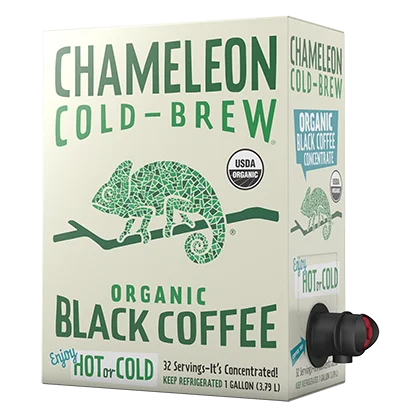 Unfortunately, consumers can miss a quality product if it doesn’t stand out on the shelf. Because the RTD category is filled with many entrants, companies have to be innovative and “break conventions” through packaging or eye-catching flavor combinations. [4]
Unfortunately, consumers can miss a quality product if it doesn’t stand out on the shelf. Because the RTD category is filled with many entrants, companies have to be innovative and “break conventions” through packaging or eye-catching flavor combinations. [4]
2020 proved that social media appeal is important, especially as people across the globe shelter in place during the pandemic. Viral trends like Dalgona Coffee proved that consumers want to replicate the drinks they see on their social media feeds and find ways to incorporate what they enjoy drinking into their online presence. [5]
Packaging can also help designate RTDs for specific occasions. Wei Chuan, a Taiwanese company, markets different variations of their coffee and sake RTD drinks for different types of drinkers. Some are marketed specifically for consumers who are looking for a caffeine boost while others are meant to be mellower, designed for someone winding down at the end of the day. [6]

